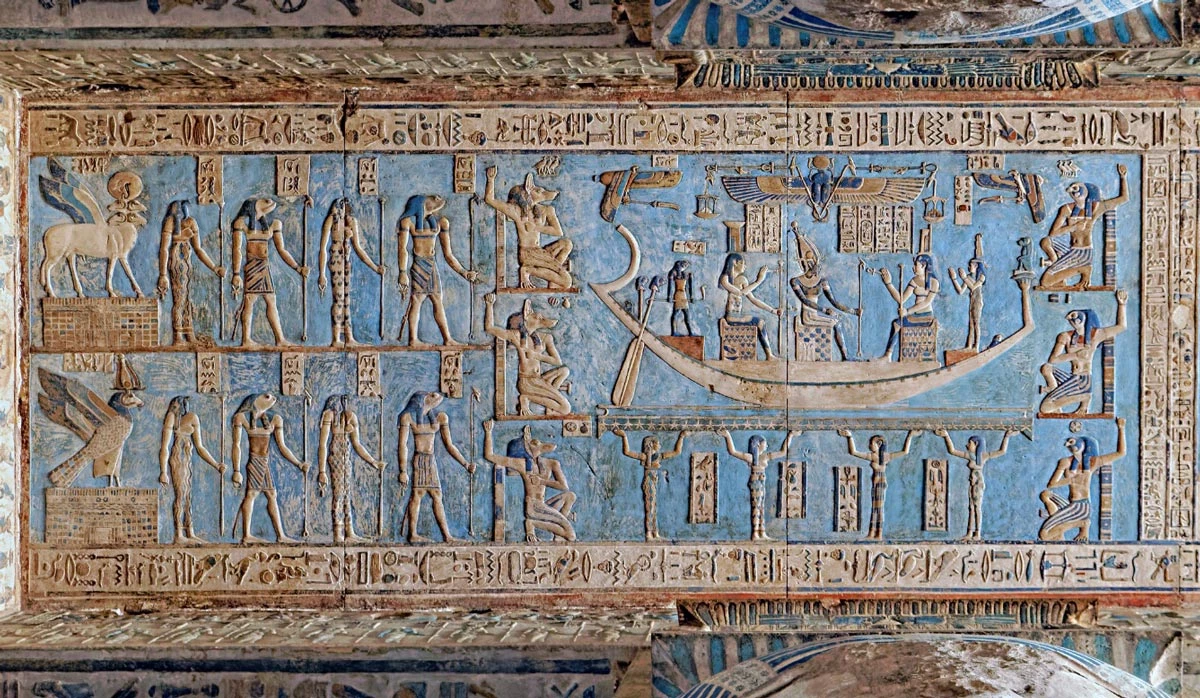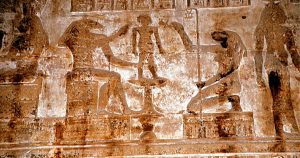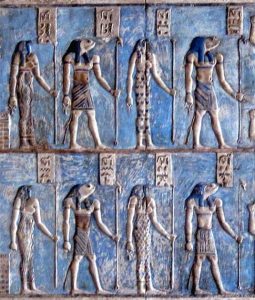Beyond Fertility: The Wide-Rranging Impact of Goddess Heqet in Ancient Egypt

In ancient Egypt, the goddess Heqet reigned supreme as a symbol of fertility and childbirth. Heqet’s following spanned the ages, from the Old Kingdom to the Ptolemaic period, due to her impact on fertility, agriculture, and funerary practices. As one of Egypt’s most popular deities among women, Heqet was heavily invoked by those wishing for protection during pregnancy.
Exploring the Theories of Heqet’s Mysterious Origins
The origins of Heqet as a goddess are somewhat obscure, and there is no clear consensus among scholars on how she first came to be worshipped. However, there are a few theories out there based on the available evidence.
One theory suggests that Heqet may have been a member of the Heliopolitan cosmology, a creation myth tied to the city of Heliopolis in ancient Egypt. Here, Heqet was one of eight deities who helped bring the world into being.

Another theory suggests that Heqet may have been associated with the Ogdoad, a group of primordial deities associated with chaos. In the Ogdoad, Heqet herself served as a symbol of fertility and order. Regardless of her true origins, Heqet quickly gained a dedicated following.

The eight deities of Egyptian mythology who created the world. (Olaf Tausch/CC BY 3.0)
The Sacred, Fertile Union of Heqet and Khnum
In the realm of ancient Egyptian mythology, Heqet’s partner in creation was none other than Khnum, the god of creation and the Nile River. Their union was deemed sacred, representing the powerful and creative forces of nature that led to the creation of new life.
According to mythological accounts, the marriage of Heqet and Khnum was a grand affair, attended by all the gods and goddesses of Egypt. The ceremony was held in the “Mansion of Heqet,” a temple dedicated to the goddess located in the city of Qus.
Some versions of the story held that Heqet was crafted by Khnum himself, using clay from the banks of the Nile. Their marriage was symbolic of the potency of the Nile’s creative power, which was said to be fertile enough to bring new life to the land.
The marriage of Heqet and Khnum was not only a union of deities, but it was also responsible for the annual flooding of the Nile. The flooding was seen as essential for the fertility of the land, bringing with it a bountiful deposit of nutrient-rich silt. It was believed that the union between Heqet and Khnum brought forth the rise of the river which deposited fertile silt on the land, ensuring that life would continue to thrive within the region.
The marriage of Heqet and Khnum was a crucial component of ancient Egyptian mythology, the union of two dynamic forces that ensured the continuity of life in the Nile Valley.